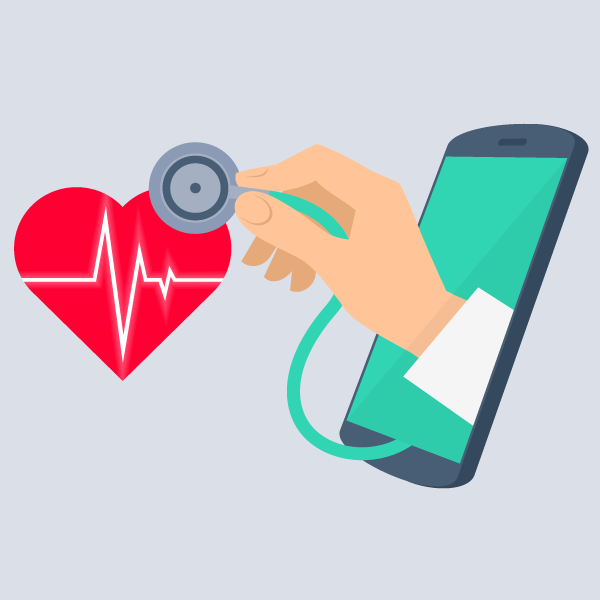AARP Hearing Center

Vanessa Esteves had wanted to increase her use of telemedicine ever since she incorporated the technology into her practice three years ago.
Then the coronavirus pandemic gave her the chance—her telemedicine patients increased nearly sixfold during the first few weeks after the March 23 stay-at-home order from Gov. Kate Brown (D).
“This has been an amazing opportunity to see how easy and convenient telemedicine is,” said Esteves, a naturopathic doctor and chief medical officer at Oregon Integrated Health (OIH) in Portland.
But the rise of telehealth also sheds new light on the state’s disparities. Nearly 319,000 Oregonians (about 8 percent of the state’s population) lack access to an internet connection fast enough to run the video needed for telemedicine, according to a 2019 Federal Communications Commission report.
“We really need to get ahead on this,” said Ruby Haughton-Pitts, AARP Oregon state director. “If the pandemic is not the tipping point we need, then I don’t know what will be.”
The gaps
Haughton-Pitts said those who lack access to telehealth fall into three categories. They live in rural areas, they can’t afford internet or a new device, or they have access but don’t know how to use the technology.
The pandemic has further isolated these residents because they can’t shop online for essential items without leaving home. Nor can they video chat with loved ones, which could alleviate the loneliness of the lockdown.
AARP Oregon advocates for programs that extend high-speed internet to rural areas and reduce the cost of telecommunications. It also offers technology training programs for older adults; Haughton-Pitts hopes to adapt these for this era of physical distancing and stay-at-home directives.
“We’re just not there yet,” she said, admitting that a lot of work still needs to be done before every Oregonian can experience the benefits of telemedicine.
The tools
Meanwhile, for those who can connect, telemedicine is meeting many health care needs.
Patients can talk with providers from the comfort of home using their laptop, smartphone or tablet, and a secure videoconferencing application.
According to Esteves, her clients have checked in with minor ailments, reviewed test results from a previous appointment and followed up about a condition.
She said about 5 to 7 percent of her patients have a “no data connection” note in her file because they don’t have access to the internet. But they can still call or schedule an in-office visit.
The practice’s behavioral health counselors also have virtual therapy sessions with their patients, Esteves said, and its physical therapists use the technology to show people stretches and exercises that could help them recover from an injury.
Before the COVID-19 pandemic, Esteves said, OIH was averaging about 15 to 20 patient interactions through telemedicine each day. By mid-April, just three weeks after the state’s stay-at-home order took effect, it was averaging 120 patient interactions per day.
“We’ve just turned nearly our entire practice over to telemedicine,” Esteves said.
For more information, visit aarp.org/coronavirus/.
Mac McLean is a writer living in Bend, Oregon.
More on Telehealth































































